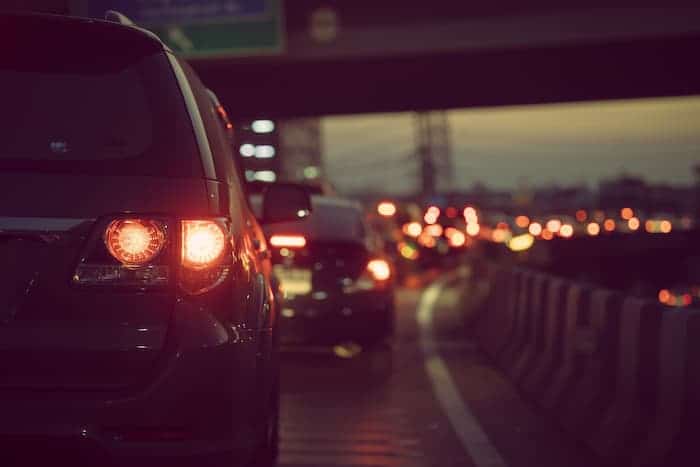H1 LED Bulbs, 2024 Upgraded Ultra-Bright 20000 Lumens, Cool White 6000K
✓ 20% OFF Your First Order ✓ 600% Brighter Than Halogen ✓ Over 5,0000 Hours Lifespan ✓ 10 Minutes Easy Installation ✓ CAN bus-Ready for 98% Vehicles
Jeep News Jeep Ideas and Horse
